Have you ever wondered about the differences between mechanical and desiccant dehumidifiers? Look no further! In this article, we will compare these two types of dehumidifiers and help you understand their pros and cons. Whether you are dealing with excessive humidity in your home or searching for a dehumidifier for your office, this comparison will provide you with the information you need to make an informed decision. So let’s dive in and explore the fascinating world of mechanical and desiccant dehumidifiers together!
Overview of Dehumidifiers
Dehumidifiers are appliances that are designed to reduce and control the humidity levels in the air. They work by extracting excess moisture from the environment, thus preventing the growth of mold, mildew, and other moisture-related issues. There are two main types of dehumidifiers: mechanical dehumidifiers and desiccant dehumidifiers. Each type has its own working principle, advantages, and disadvantages. In this article, we will explore the differences between these two types of dehumidifiers and discuss their suitability for different environments, maintenance requirements, noise levels, usage in different climates, eco-friendliness, and cost considerations.
Mechanical Dehumidifiers
Working Principle
Mechanical dehumidifiers operate by using a fan to draw in air from the surrounding environment. The air is then passed over a cold coil, which causes the moisture in the air to condense into water droplets. The water droplets are collected in a reservoir or drained directly. The now drier air is then reheated and released back into the room. This cycle continues until the desired humidity level is reached.
Advantages
Mechanical dehumidifiers are highly effective at removing moisture from the air, making them suitable for areas with high humidity levels. They can remove large volumes of moisture, making them ideal for larger spaces such as basements, laundry rooms, and commercial buildings. Mechanical dehumidifiers also tend to be more energy efficient compared to desiccant dehumidifiers, resulting in lower operating costs.
Disadvantages
One of the main disadvantages of mechanical dehumidifiers is that they require a constant power supply to operate. This can be a drawback in areas with frequent power outages or in situations where power consumption is a concern. Mechanical dehumidifiers also tend to produce more noise compared to desiccant dehumidifiers, which might be a consideration for noise-sensitive areas such as bedrooms or offices.
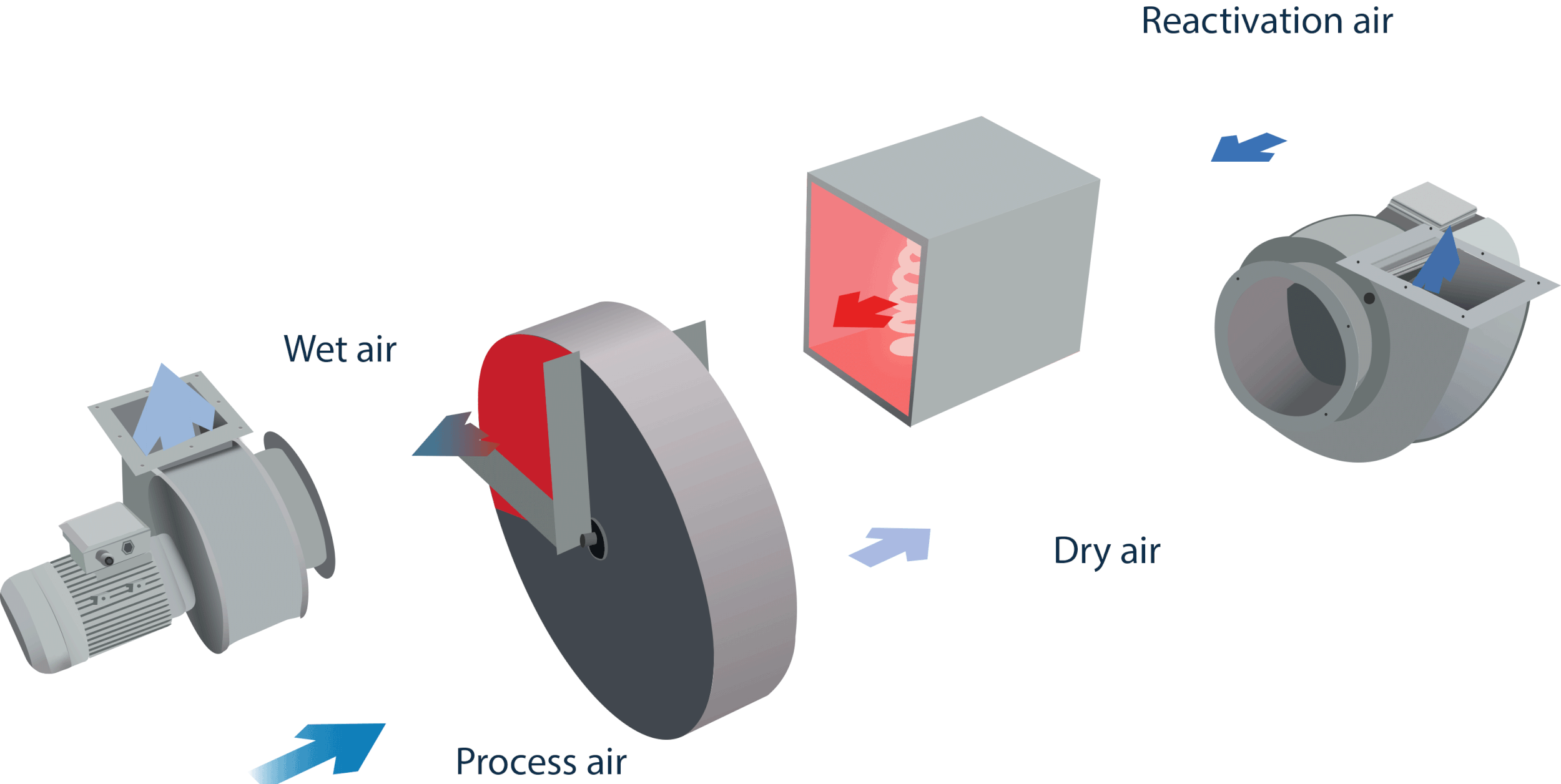
Desiccant Dehumidifiers
Working Principle
Desiccant dehumidifiers work by passing moist air over a desiccant material, which absorbs the moisture from the air. The desiccant material can be made of silica gel, activated carbon, or other moisture-absorbing substances. Once the desiccant material has absorbed a sufficient amount of moisture, it is either heated or passed through a separate stream of dry air to remove the moisture and regenerate the desiccant. The now dry air is then released back into the environment.
Advantages
Desiccant dehumidifiers are known for their ability to operate in low-temperature environments, making them suitable for cold climates. They can maintain a consistent humidity level even at low temperatures, preventing condensation and related issues. Desiccant dehumidifiers also tend to have a more compact and portable design, making them ideal for smaller spaces or for use in remote locations where power supply might be limited.
Disadvantages
One of the main disadvantages of desiccant dehumidifiers is their lower moisture removal capacity compared to mechanical dehumidifiers. They might not be as effective in extremely high humidity areas or large spaces. Desiccant dehumidifiers also tend to consume more energy during operation, resulting in higher operating costs.
Comparison of Performance
Moisture Removal Capacity
Mechanical dehumidifiers generally have a higher moisture removal capacity compared to desiccant dehumidifiers. This means that they can extract a larger volume of moisture from the air within a given time frame. In high humidity environments or larger spaces, mechanical dehumidifiers are often the more effective option.
Power Consumption
Desiccant dehumidifiers tend to consume more energy compared to mechanical dehumidifiers. This is due to the additional energy required for the regeneration process of the desiccant material. Mechanical dehumidifiers, on the other hand, are typically more energy efficient, resulting in lower operating costs.
Cost
The initial investment for both mechanical and desiccant dehumidifiers can vary depending on the specific model and brand. However, as a general trend, mechanical dehumidifiers tend to be more cost-effective compared to desiccant dehumidifiers. This is primarily due to their lower energy consumption and higher moisture removal capacity.
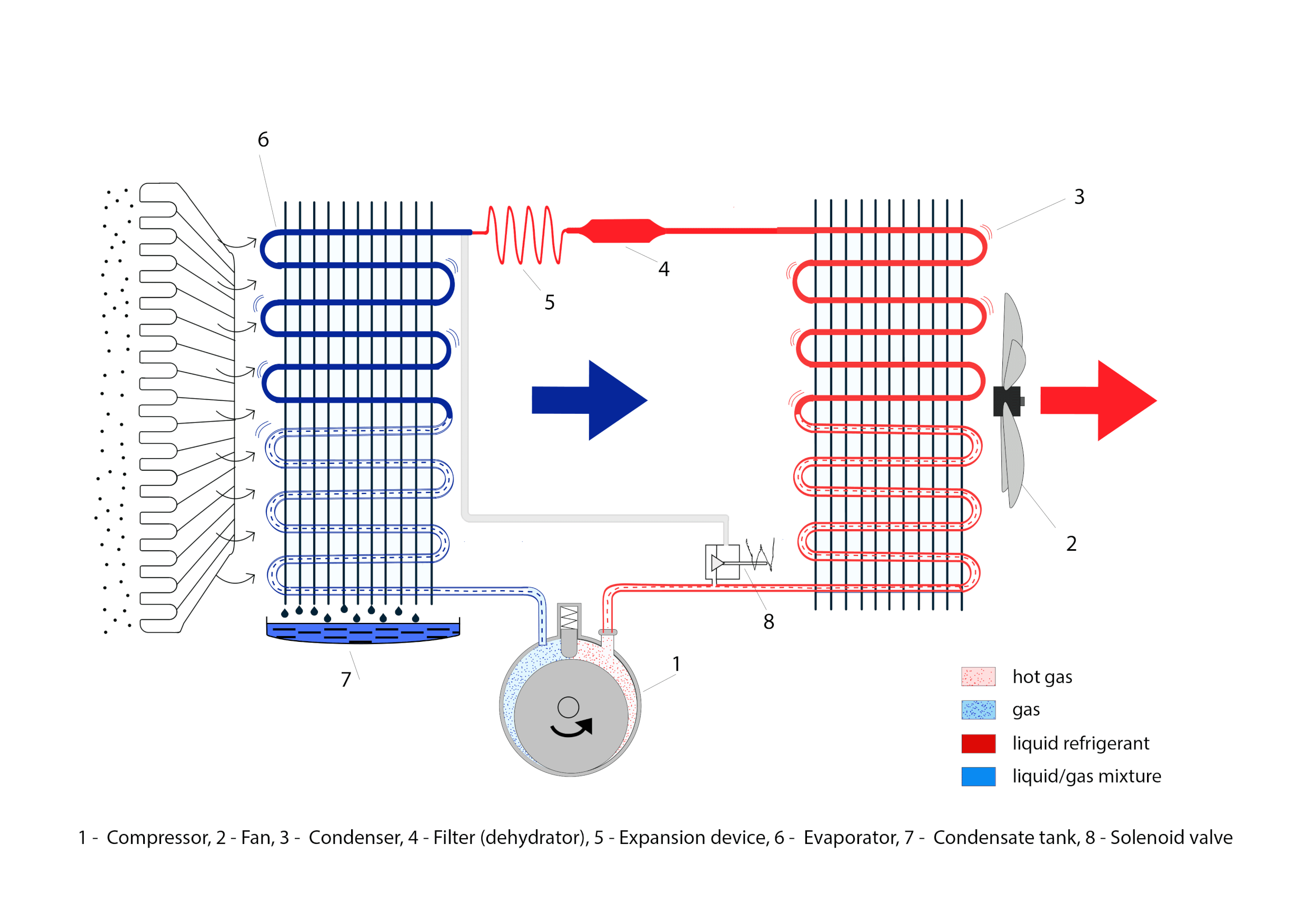
Suitability for Different Environments
Residential Use
Both mechanical and desiccant dehumidifiers can be used in residential environments. Mechanical dehumidifiers are often preferred for larger spaces such as basements or entire homes, as they are capable of handling higher moisture levels. Desiccant dehumidifiers, on the other hand, are more suitable for smaller areas or for use in colder climates where maintaining a consistent humidity level is important.
Industrial Use
In industrial settings, mechanical dehumidifiers are commonly used due to their high moisture removal capacity and suitability for larger spaces. They are often employed in warehouses, manufacturing facilities, and other industrial environments where excess moisture can pose a risk to equipment and products.
Commercial Use
Commercial spaces such as offices, hotels, and restaurants may benefit from both types of dehumidifiers, depending on the specific requirements and conditions. Mechanical dehumidifiers are often used in areas with high humidity levels or larger spaces, while desiccant dehumidifiers can be suitable for smaller areas or for use in noise-sensitive environments.
Maintenance and Upkeep
Cleaning and Filter Replacement
Both mechanical and desiccant dehumidifiers require regular cleaning and filter replacement to maintain optimal performance. Mechanical dehumidifiers typically have a filter that needs to be cleaned or replaced periodically to prevent dust and debris from clogging the system. Desiccant dehumidifiers may also have a filter that needs to be maintained, along with the desiccant material itself.
Energy Efficiency
Mechanical dehumidifiers are generally more energy efficient compared to desiccant dehumidifiers. However, both types of dehumidifiers can benefit from regular maintenance and upkeep to ensure they are operating efficiently. This can include cleaning the coils, checking the refrigerant levels in mechanical dehumidifiers, and ensuring the desiccant material is functioning properly in desiccant dehumidifiers.
Durability
The durability of both mechanical and desiccant dehumidifiers can vary depending on the brand and quality of the product. It is important to follow the manufacturer’s guidelines for maintenance and upkeep to prolong the lifespan of the dehumidifier. Regular cleaning, filter replacement, and proper storage when not in use can help extend the durability of the appliance.
Noise Levels
Mechanical Dehumidifiers
Mechanical dehumidifiers tend to produce more noise compared to desiccant dehumidifiers. This is primarily due to the operation of the fan and compressor, which can generate noise during the dehumidification process. The noise level can vary depending on the specific model and brand, so it is recommended to look for dehumidifiers that have noise reduction features or are designed for quieter operation if noise is a concern.
Desiccant Dehumidifiers
Desiccant dehumidifiers are generally quieter compared to mechanical dehumidifiers. This is because they do not require a compressor or a fan to draw in air. However, noise levels can still vary depending on the specific model and brand. It is important to consider the noise level of a desiccant dehumidifier, especially in noise-sensitive environments such as bedrooms or offices.
Usage in Different Climates
High Humidity Environments
Mechanical dehumidifiers are often the preferred choice for high humidity environments. They are designed to handle high moisture levels and can effectively extract excess moisture from the air. In areas with consistently high humidity, a mechanical dehumidifier can help prevent the growth of mold, mildew, and other moisture-related issues.
Cold Climates
Desiccant dehumidifiers are better suited for use in cold climates. They are capable of maintaining a consistent humidity level even at low temperatures, which helps prevent condensation and related issues. Mechanical dehumidifiers can struggle to operate efficiently in cold climates due to the potential for frost formation on the cooling coils.
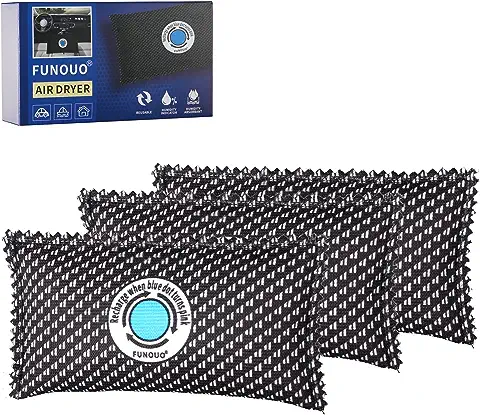
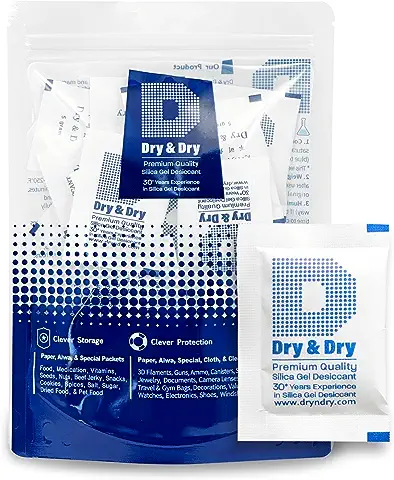
Eco-Friendliness
Environmental Impact
Both mechanical and desiccant dehumidifiers have an environmental impact, primarily due to their energy consumption. However, mechanical dehumidifiers are generally more energy efficient, resulting in lower overall energy consumption. It is also worth considering the materials used in the construction of the dehumidifiers, as some models may incorporate more sustainable or recyclable materials.
Energy Efficiency
As mentioned earlier, mechanical dehumidifiers are typically more energy efficient compared to desiccant dehumidifiers. This means that they consume less energy while effectively removing moisture from the air. However, advancements in technology have led to the development of more energy-efficient desiccant dehumidifiers, reducing their overall energy consumption as well.
Cost Considerations
Initial Investment
The initial investment for both mechanical and desiccant dehumidifiers can vary depending on the specific model and brand. Mechanical dehumidifiers tend to have a more cost-effective pricing range, making them a popular choice for many consumers. Desiccant dehumidifiers, however, may have a higher initial cost due to their specialized design and functionality.
Operating Costs
Operating costs include the energy consumption required to run the dehumidifier over a certain period. Mechanical dehumidifiers are generally more energy efficient, resulting in lower operating costs compared to desiccant dehumidifiers. The cost of running a dehumidifier can vary depending on factors such as the humidity level, room size, and usage patterns.
In conclusion, mechanical and desiccant dehumidifiers each have their own strengths and weaknesses. Mechanical dehumidifiers are highly effective at removing moisture from the air and are suitable for larger spaces or high humidity environments. They tend to be more energy efficient and cost-effective. On the other hand, desiccant dehumidifiers are better suited for cold climates and smaller spaces. They may have higher energy consumption and initial costs, but they offer portability and the ability to maintain a consistent humidity level at lower temperatures. Ultimately, the choice between the two types of dehumidifiers will depend on the specific requirements, environmental conditions, and budget considerations of each individual or situation.
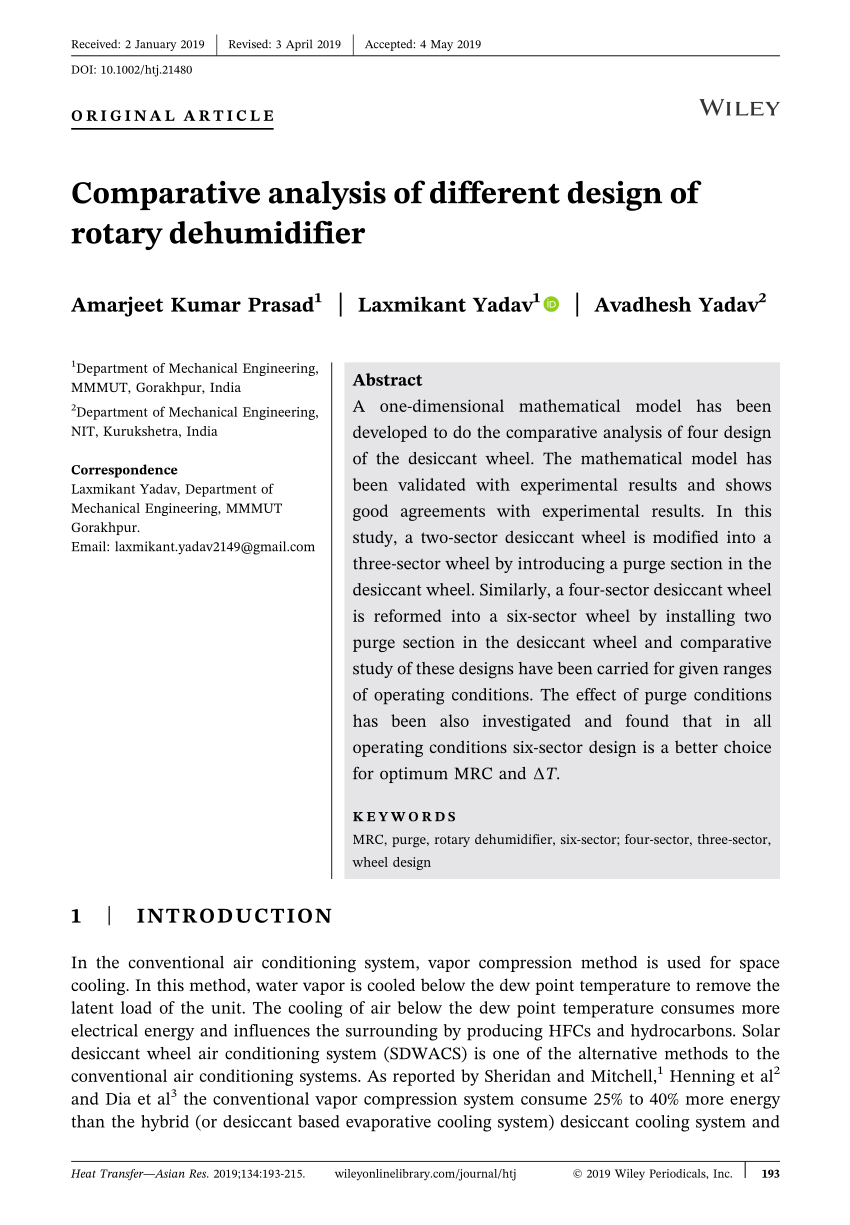

Hi, I’m Cohan, the author behind Your Dehumidifier Guide, a website dedicated to helping you create a healthier and more comfortable living environment. With a tagline of “Breathe Easy, Live Better,” my ultimate goal is to provide you with the best dehumidification solutions for your home. Whether you’re looking for the perfect dehumidifier for your bathroom, small room, or basement, I’ve got you covered. Through in-depth reviews and comprehensive buying guides, I aim to equip you with the knowledge to tackle high humidity levels, prevent mold growth, and improve your indoor air quality. Trust me to be your ultimate guide in the world of dehumidifiers.